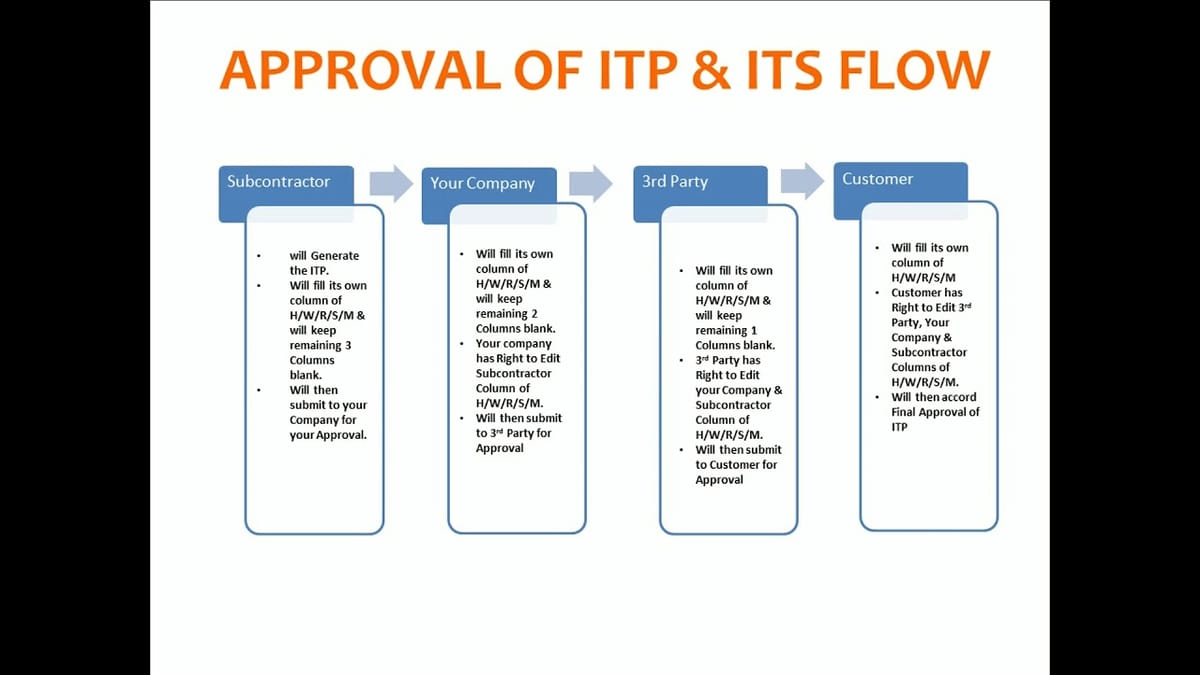For the past few years, the housing market in Australia has been a hot topic of discussion. As the country struggles to recover from the pandemic's shock, there is much speculation about the impact it had on the housing market.
Everyone is wondering what the latest housing start figures are and how they will affect the Australian economy.
In this blog, we’ll break down the latest housing start figures—what they mean and how they impact the Australian economy. From regional differences to the key factors driving the market, we’ve got it covered.
We will also explain how to make the most of the current housing market, whether you are a homeowner or a potential buyer. In addition, we'll look at the significance of duty of care in construction, which is an important aspect of the construction industry. So strap in and let's take a ride through the Australian housing market.

Overview of the Australian Housing Market
Apartments, standalone homes, and duplexes are among the various dwelling options available in Australia's housing industry. Data on construction activity highlights notable trends in housing market supply, which are critical to understanding market demand.
The supply and demand ratio is determined by the median dwelling value, which is estimated nationally, regionally, and per capital city. Numerous sources provide useful information on a wide range of housing-data-related topics, including building approvals and construction work completed in Australia.
Due to supply shortages, newly built homes are currently experiencing rising prices and longer build times, further jeopardising the already precarious housing affordability situation. Understanding Australia's most recent housing start figures necessitates more extensive research and analysis.
Latest Housing Start Figures
According to the most recent Australian housing start figures, building approvals increased significantly in December 2021, fueled by a thriving apartment market in New South Wales and Victoria.
According to CoreLogic's Hedonic Home Value Index, Australia's median dwelling value is stabilising after a downward trend earlier this year. In addition, the median value of all dwellings in Sydney and Melbourne is expected to fall.
The trend favours buyers and indicates a gradual shift in the housing market. According to Master Builders Australia, 189,480 homes are planned for 2023, with another 174,930 planned for 2024. Overall, the housing market will continue to rise and fall, and careful monitoring could help make better housing-related decisions.

What Does It Mean for the Economy?
The most recent housing start figures in Australia have significant economic implications. Several important factors influence the economy, including economic growth, employment, taxation, and regulation.
The housing market plays an important role in job creation and economic growth. Investing in the housing market can be a wise decision, but keeping an eye on potential roadblocks is critical. Protecting the silver economy (senior citizens) is critical for investors looking to purchase stocks.
Understanding consumer confidence levels is also important in predicting the economy's impact. Oversupply or pent-up demand can have an impact on the economy.
Furthermore, population movements and land availability can have a regional impact on the economy. Finally, the housing market is a critical component of the Australian economy.
Investors must analyse and comprehend the economic factors that influence them in order to make sound decisions.
An Overview of the Most Recent Housing Start Figures
Since March 2021, the latest housing start figures show a decreasing housing value growth trend in all capital cities and regional markets.
According to Building and Construction feature articles, the cost of building new homes and typical start and finish dates can vary. According to reports, new home starts may fall in the fiscal year 2021-22, owing to a tighter lending environment for home buyers.
Visit the Australian Bureau of Statistics website or CoreLogic's Hedonic Home Value Index to learn more about the most recent building approvals, producer price indexes, construction work done, and new home build times.
Furthermore, the recent trend of decreasing dwelling values continues across the country, with Melbourne and Sydney experiencing decreases in the last month. Housing affordability continues to be a concern for Australians, particularly first-time buyers, while property investors closely monitor the market to determine their next moves.
Overall, a better policy framework and strategies are required to keep Australia's housing market strong and affordable for all Australians.

Impact of the Pandemic on Housing Starts
The Australian housing market has taken a significant hit as a result of the COVID-19 pandemic. This trend is reflected in the most recent housing start figures.
The pandemic has slowed construction activity and stifled new home purchases, resulting in a drop in housing starts. Government policies such as tax breaks and lower mortgage rates are intended to stimulate the housing market.
However, these policies may have a delayed effect on the market, with the results becoming apparent only in the long run.
In such a scenario, new strategies for increasing housing starts in Australia are required, such as promoting sustainable housing, re-examining construction regulations, and investigating community-led initiatives to provide affordable housing.
Only such thoughtful and holistic solutions can mitigate the pandemics impact and revitalise the Australian housing market.

Regional Variations in Housing Starts Analysis
The Australian Bureau of Statistics tracks and compiles housing start statistics using quarterly building activity surveys.
Table 39 shows the number of dwelling unit completions by sector and state/territory. Simultaneously, Table 32 shows the numerical level for the total value of building work done across the country, and Table 33 shows the number of dwelling unit commencements by sector in various parts of Australia.
Furthermore, Table 60 displays the value of non-residential building work that has begun throughout Australia, but Table 61 focuses on this data specifically for New South Wales.
All of these tables show that housing start rates differ significantly across the country. The study of this variation can assist policymakers, investors, and other stakeholders in better understanding these trends and making more informed decisions in their respective fields.
Factors Influencing the Australian Housing Market
The housing market has a significant impact on the construction industry in Australia. Factors such as housing demand and the number of dwelling units started or completed influence housing supply and demand, which in turn influences house prices.
Construction is a significant industry that accounts for more than 8% of GDP and employs approximately one million people. However, factors such as tighter lending standards may exacerbate Australia's residential construction downturn.
Furthermore, due to its geographical isolation, Australia is the 14th most expensive country in the world to build a home due to the high cost of construction materials. These, and other factors, are critical in driving Australia's housing market.
How to Maximize the Current Housing Market
The Australian housing market is currently experiencing high demand and construction growth, both of which are contributing to rising house prices.
As the construction industry continues to face challenges such as rising interest rates, cost pressures, and labour shortages, downward pressure on building costs is required.
During periods of high demand, builders may absorb costs in order to maintain a stable supply of housing. Data compiled from builders and organisations involved in building activity demonstrates trends in housing market supply, with the number of dwelling units started and completed indicating the market's health.
While detached housing and renovations have seen steady growth as a result of the COVID stimulus boom, medium to high density housing has been hit the hardest by shortages.
Homeowners should also consider renovations or upgrades that will increase the value of their home.
Duty of Care for construction
Under the Design and Building Practitioners Act 2020 (NSW), all construction practitioners in Australia, including contractors and architects, are subject to the Duty of Care.
The act requires construction practitioners to use reasonable care during construction in order to avoid defects that could result in financial loss to consumers.
The Duty of Care aims to promote quality construction practises while also protecting the interests of consumers. Practitioners must follow regulations and standards in place to ensure quality construction practises in order to fulfil this Duty of Care.
These regulations establish a construction industry-wide standard that holds practitioners accountable for their work, protects consumers, and promotes a safer construction industry.
Working within the Duty of Care regulations allows us to ensure that new housing construction is of the highest quality and contributes to the industry's integrity.

Frequently Asked Questions
What is the Australian construction industry outlook for 2023
The Australian construction industry faces an uncertain future in 2023. The total value of work completed and begun in Q2 2022 has been revised downward, and calculating the overall cost to build a house has become difficult due to rising building material costs, supply chain disruptions, and labour shortages.
Labor shortages are expected to remain a major constraint for the industry in 2023, particularly in trades such as bricklaying, carpentry, and roofing. CoreLogic's Hedonic Home Value Index for July 2022 estimates Australia's median dwelling value.
Building difficulties are expected to persist into 2023 as a result of both domestic and international factors.
How many new houses are built each year in Australia?
According to recent data, 189,480 homes will be built in Australia in 2023, with building approvals increasing by 18.5% in December 2021.
However, due to a supply shortage, new home construction times and prices have increased, and material costs have risen by 20.7% nationally in 2021.
Despite a 2.4% decrease in house approvals in December 2021, the Home Builder stimulus programme has helped boost activity in 2021. It is also worth noting that the construction industry in Australia experienced its longest new home build cycle in history from 2011 to 2016.
Who is the biggest home builder in Australia?
The biggest home builder in Australia for the past seven years is Metricon. The construction industry, on the other hand, is struggling to keep up with demand, resulting in supply issues.
Despite difficult conditions such as rising interest rates, rising costs, and labour shortages, construction activity has increased modestly.
The Hedonic Home Value Index from Corelogic can assist in estimating the national and regional median dwelling value.
However, ongoing supply constraints and builder challenges are causing new home construction times to lengthen and prices to rise.
What impact does the construction industry have on Australian housing?
The construction industry is a significant contributor to Australia's economy, accounting for more than 8% of the country's GDP and employing one million people.
However, the industry is facing challenges, such as rising building material costs, which have contributed to a 3.8% decrease in construction in the first quarter of 2022. Despite this, Australia's construction industry is struggling to keep up with demand for housing, resulting in affordability and supply issues.
The high demand for housing is propelling growth in the construction industry, but rising labour and material costs are also pushing up house prices.
With construction material costs running high, Melbourne ranks as the 14th most expensive city in the world to build a home.
What was the average price of a new house sold last year, and how many houses were built last year?
The number of houses built in the previous year, as well as the average price of a new house sold, can vary depending on location and other factors.
However, building approvals increased by 18.5% in December 2021, with large apartment developments being built in New South Wales and Victoria. Furthermore, the Home Builder stimulus programme in 2021 sparked unprecedented activity in the housing sector, with 189,480 new homes planned for 2023.
Last year, materials costs increased by 20.7% nationally, adding to the overall cost of building a house. Supply chain issues have also increased the costs and timelines for new home construction.
CoreLogic's Hedonic Home Value Index as of June 30, 2022, can be used to estimate the national median dwelling value.
How much did it cost to build an average house last year, and how much does it cost today?
The cost of constructing a house varies according to its size and location. However, the average cost of constructing a home last year was around $296,652.
Building a new home has become more expensive today, with materials costs rising by 20.7% nationally in 2021.
With the pandemic causing decreased labour and increased construction time, the industry anticipates a nearly 40,000-home shortfall by 2023. It is unknown how these factors will affect the cost of building a house in the future.
What factors influence housing starts in Australia (for example, interest rates and population growth)?
A variety of factors influence housing starts in Australia. Interest rates, population growth, and construction material cost trends are just a few examples.
The Australian Bureau of Statistics tracks data on dwelling unit starts. Recent reports show that while approvals for large apartment projects rose in December, house approvals fell compared to the same time last year.
Nonetheless, Master Builders Australia anticipates an increase in the number of homes planned for 2024 and 2025, indicating a more positive outlook for the housing market in the near future.
What solutions would you propose to the housing crisis?
Solving the housing crisis requires a multi-faceted approach. Tighter lending standards may worsen the residential construction downturn, causing delays for ordinary home buyers.
APRA's restrictions are impacting credit availability and constraining building activity. Detached dwellings have held up better than apartments, but overall building activity could retreat from recent highs more rapidly than expected.
To tackle these challenges, policymakers could look at options like targeted incentives for first-home buyers, easing lending restrictions, and boosting investment in social housing. Together, these steps could help create a more sustainable and affordable housing market for all Australians.
Conclusion
Finally, the latest housing start figures show an increase in Australia's housing market. The pandemic has had an impact on the industry, but government initiatives have helped to alleviate fears.
Regional differences in housing starts demonstrate the growing popularity of areas outside of major cities. With factors such as low interest rates driving the market, many people are finding it profitable to invest in real estate.






















